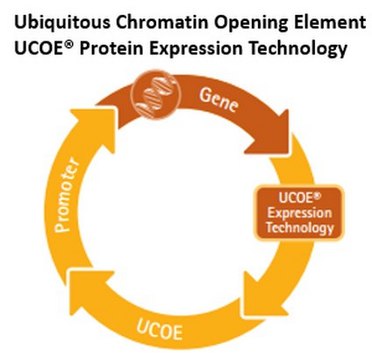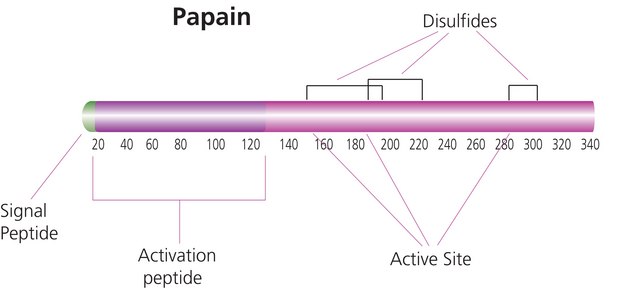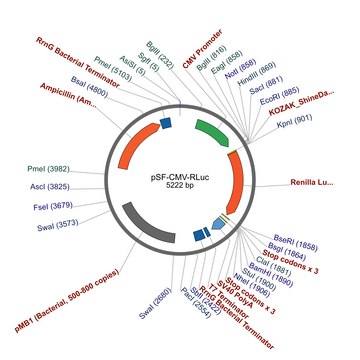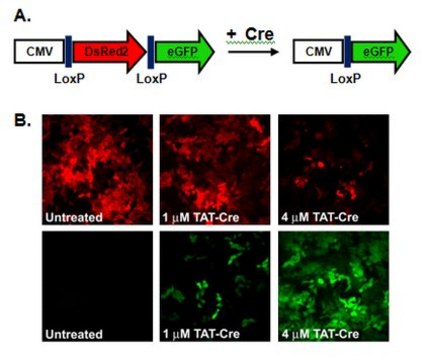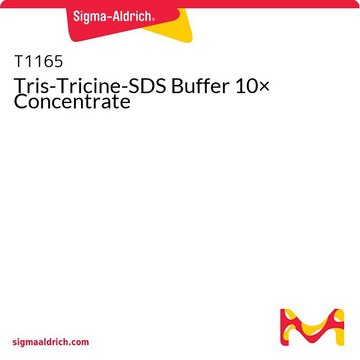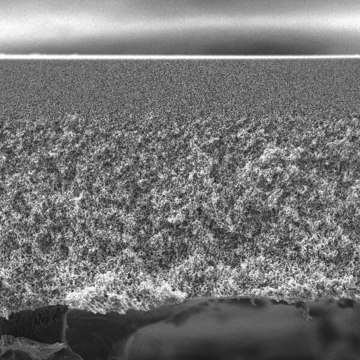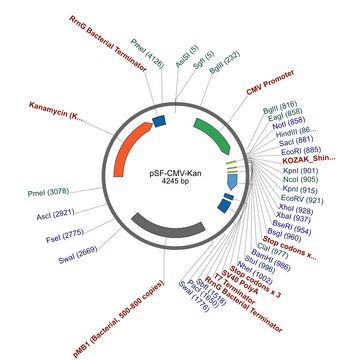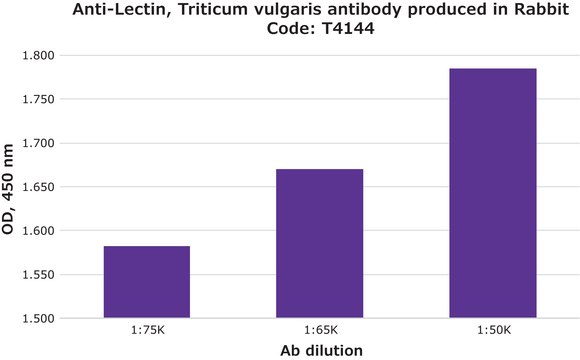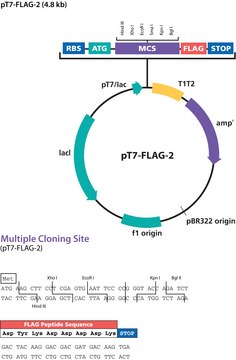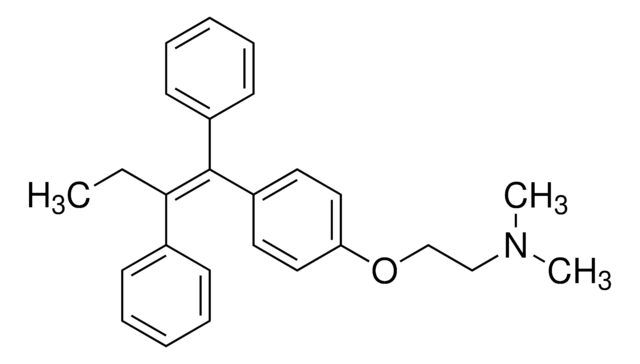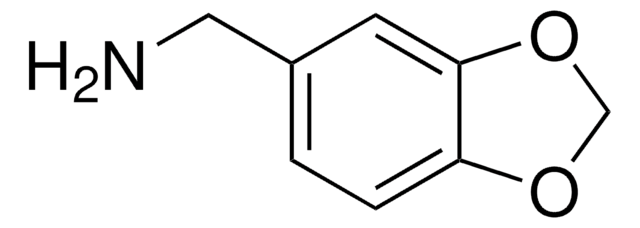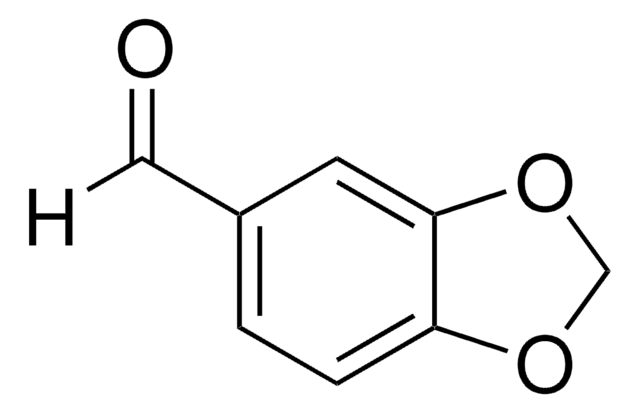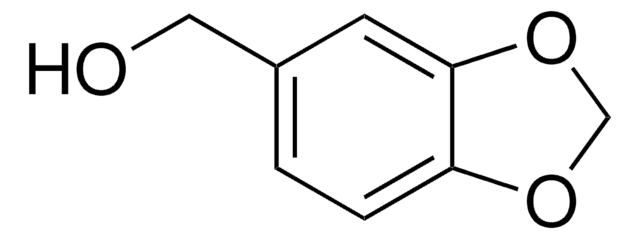OGS2767
PSF-OXB20-COOH-TEV-10HIS - C-TERMINAL 10HIS TAG BACTERIAL PLASMID
plasmid vector for molecular cloning
Synonym(s):
cloning vector, expression vector, molecular cloning vector, plasmid, plasmid vector, snapfast vector, vector
Select a Size
CN¥741.91
Estimated to ship onApril 21, 2025Details
Select a Size
About This Item
CN¥741.91
Estimated to ship onApril 21, 2025Details
Recommended Products
recombinant
expressed in E. coli
tag
10-His tagged
form
buffered aqueous solution
mol wt
size 3905 bp
bacteria selection
kanamycin
Origin of replication
pUC (500 copies)
Peptide cleavage
TEV
Peptide tag location
C-terminal
Promoter
Promoter name: OXB20
Promoter activity: constitutive
Promoter type: bacterial
reporter gene
none
1 of 4
This Item | P49104 | P49406 | 678848 |
|---|---|---|---|
| Quality Level 100 | Quality Level 100 | Quality Level 100 | Quality Level 100 |
| density 1.214 g/mL at 25 °C (lit.) | density - | density - | density 1.1679 g/mL at 25 °C |
| refractive index n20/D 1.564 (lit.) | refractive index - | refractive index - | refractive index n20/D 1.5594 |
| bp 138-139 °C/13 mmHg (lit.) | bp 264 °C (lit.) | bp - | bp 105-110 °C/3 mmHg |
General description
About the Peptide Tag:This plasmid contains a c-terminal Deca-Histidine (10His) affinity tag that can be fused to a gene of interest to allow protein detection and/or purification. The sequence of the tag is: HHHHHHHHHH.
About the Cleavage Tag:This plasmid also encodes a protease cleavage site that is designed to be positioned between your gene of interest and the tag to allow the removal of the tag following protein purification or isolation. This plasmid contains a TEV cleavage tag. The protein sequence of the cleavage tag is: ENLYFQG. Cleavage occurs between the Glu and Gly residues. TEV is often reported to have better specificity for its recognition site compared to EKT Thrombin or Faxtor Xa.
Promoter Expression Level: This plasmid contains a constitutive bacterial promoter that does not require induction. It is the strongest bacterial promoter we sell and this can cause solubility and expression problems with some proteins. We also offer a range of other bacterial promoters that are compatible with this plasmid and are available on request.
Sequence
Analysis Note
related product
Storage Class Code
12 - Non Combustible Liquids
Flash Point(F)
Not applicable
Flash Point(C)
Not applicable
Regulatory Information
Choose from one of the most recent versions:
Certificates of Analysis (COA)
It looks like we've run into a problem, but you can still download Certificates of Analysis from our Documents section.
If you need assistance, please contact Customer Support.
Already Own This Product?
Find documentation for the products that you have recently purchased in the Document Library.
Articles
SnapFast™ plasmid system eliminates restriction sites in DNA sections, ensuring flexibility and functionality in molecular cloning..
Versatile sequencing primers enable sequencing of inserts in plasmids at specific positions, aiding in molecular biology research.
Plasmid platform with interchangeable DNA components offers versatile research tools for genetic studies.
Our team of scientists has experience in all areas of research including Life Science, Material Science, Chemical Synthesis, Chromatography, Analytical and many others.
Contact Technical Service